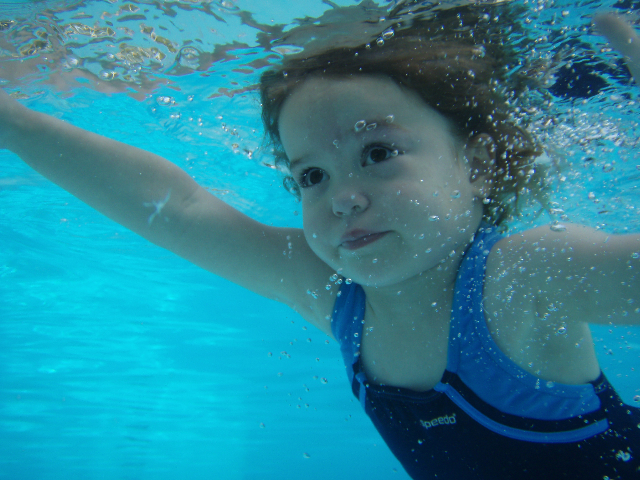This number C8SB52T29GU9, is so that I can claim my Learn to Swim with Miss Bea swimming blog on one of the search engines.
 |
| Teach you child to turn around and get the wall if he falls in the water |
But I want to write about what I have been doing to let people know and want my dvd. I first spent days contacting swimming teachers on isport. There are over 800 swimming teachers registered! I contacted more than 80 then I stopped! I had 30% responses and then another 10% who wrote back a second time. Most of them wrote me about their very successful swim schools and or at home programs. They very kindly rejected my offer. All but a few had their own techniques. So far I sent business cards to several and 3 of them bought the dvd. I'm writing to two of them who might sell it.
I am making lots of connections on linkedin. I need to learn how to market my video in different ways. I have also "met" many children's books authors. Many of them "liked" my facebook page. I now have my own use name and can see my "insights" (but I don't know what those mean yet)
You can now find 8 video teasers from my Learn to Swim with Miss Bea dvd, including the introduction. I am trying to make a "trailer" but am having trouble...
I'm thinking about facebook or google ads. This is where it all started. I got a call asking me if I wanted a facebook ad. This company wanted me to pay a certain amount of money each month to manage it! I hadn't thought about it... Now I am way into it, with the blog and facebook and 1000 more swimming lesson dvd's coming within a month.
We are in the season of summer vacation and most parents are thinking about swimming lessons and or already have started. If you are one of those parents, you might want my dvd! Read all about it.
See you at the pool.

